Why Those That Love Dolphins Shouldn’t Watch Them in Bocas del Toro
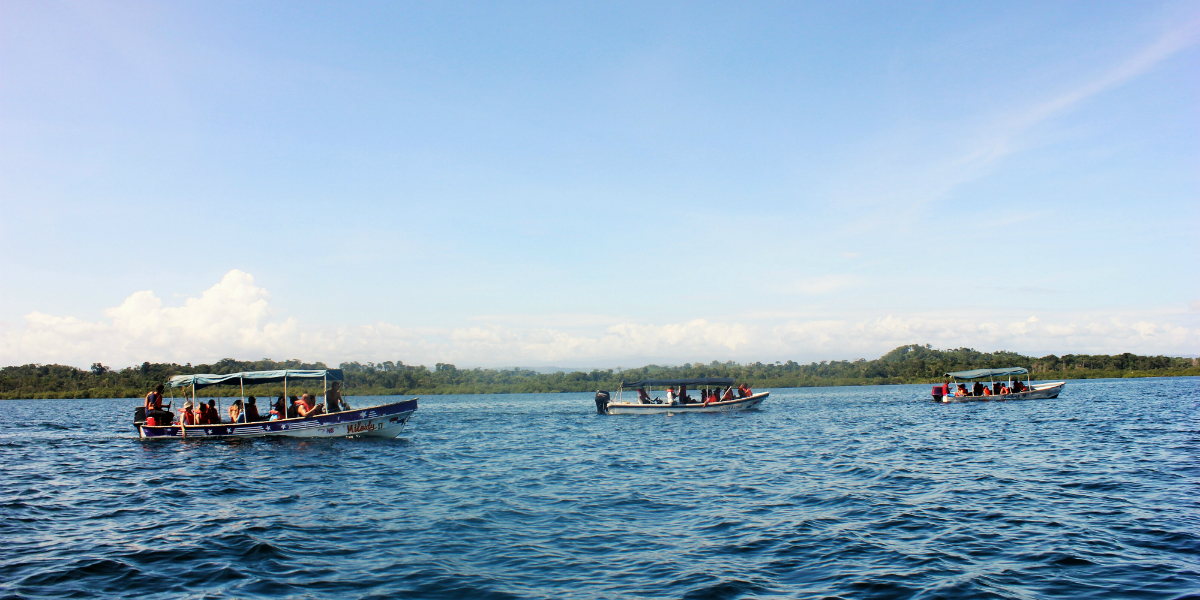
Everyone loves dolphins, right? These social animals have been known to save beached whales, become lifelong friends with one another and play with human swimmers. But dolphin watching tours are harming the Bottlenose population in Bocas del Toro…
Whilst we were in Bocas del Toro, Charlie and I went on a dolphin watching tour and it was all my fault. After two days of working from the decking of our wonderful hostel, a crafty local tour guide named Alexander managed to sell us a trip. He was offering a boat tour for $15, down $10 on the original asking price and would take us to a number of interesting points in the archipelago, including Dolphin Bay.
Charlie was immediately suspicious. “Will we get close to the dolphins?” she asked.
“Yes – I mean, no, no,” he said, sensing her hostility, “close enough to watch, but safe for the dolphins, and it’s very quiet…” This should have given the game away, but it was at this point that I stepped in, unhelpfully. “I’m sure that we probably won’t even see any dolphins, and if we do, it won’t hurt them if we are far enough away.” Reluctantly, Charlie accepted, money changed hands and the tour was booked.
This turned out to be a mistake. I’ve been to plenty of “Dolphin Bays” and “Shark Points” in my time and none of them ever actually had dolphins, sharks, or anything else much, leaving me skeptical of this kind of name. Dolphin Bay usually means “my grandad saw a dolphin here once thirty years ago” or “if you squint, that rock over there looks kind of like a flipper.” But this time it was different and that’s why you should always do your own research when it comes to wildlife tours. Dolphin Bay is home to a population of around 200 Bottlenose dolphins and tourists visiting by the boatload are all but guaranteed to see these amazing animals on any given day of the year. But should they?
How Dolphin Watching Tours Hurt Dolphins
According to recent studies, the rise in “eco” dolphin and whale watching tours is having a negative impact on the population of these marine mammals at a time when many are already on the brink of extinction. There are a whole lot of different types of “dolphin watching tours” ranging from those that keep a respectful distance and those that blatantly cause harm to the animals, by purposefully creating waves that they have to jump, for instance. Those leaving from Bocas have been known to fall into the latter category.
Dolphins are Killed by Motorboats Every Year
Every day of the year, five or more boats patrol Dolphin Bay simultaneously. When someone inevitably spots a dolphin, everyone guns their motors towards it, creating a halfmoon fleet that all but encircles the animals. The most immediate danger is collision. Estimates vary at the number of dolphins killed by motor boats each year, some sources say three, some sources say between eight and ten. With so many boatfuls of dolphin-happy tourists jostling for a good view, fatal accidents happen with alarming frequency.
Dolphins are Driven From Their Feeding Grounds
Dolphins are large mammals and they need to spend a fair amount of time hunting for fish in order to stay healthy. However, when tourist boats arrive in convoys of as many as 39, the dolphins expend a huge amount of energy trying to distance themselves from them. Scientists suggest that the amount of boats pursuing them is causing the Bottlenose dolphins to spend more time diving down deep away from the boats and less time foraging and socialising. By the time the boats have left them alone, the dolphins may be too exhausted to even feed themselves properly.
Panamanian regulations state that no more than two boats should approach dolphins, that they should maintain a distance of 300m, as well as allow dolphins to rest for 30 minutes between each interaction. However, these rules are neither being followed nor enforced.
An Eco-Tourist’s Dilemma
All these factors add up to a real dilemma for tourists. On the one hand, it could be argued that it’s better to watch them in the wild than to see them in captivity performing at water “shows.” On the other hand, we can all agree that harming an animal just so that we can watch it is cruel, especially with highly intelligent and social creatures such as dolphins.
There are ways that dolphin watching tours can have less impact. If companies agree to keep a safe distance from the animals, cut their engines when possible in dolphin territory and observe times and areas that they will not intrude on, then it’s possible that we could watch these animals, from a distance, without harming them. However, unless tourists start insisting on these terms, the companies have little reason to risk profits by instigating changes themselves.
If you really care about dolphins and don’t want to cause unnecessary harm to animals, there are several things that you can do to help. Firstly, if you are in Bocas del Toro, you can avoid boat tours that stop in Dolphin Bay. There are plenty of other tours to interesting islands and if you are lucky you might see a happier dolphin in a less harmful position.
Secondly, you can do what I didn’t and always do your research before agreeing to an animal tour. Don’t take a salesman at their word, look for independent reviews and scientific studies before handing your money to someone who may not have the animal’s best interests at heart. Share what you find out with your friends and on social media, so that they might make a more informed decision too.
Read More: 6 Blog Posts that Everyone Who Travels Should Read
I’ve seen dolphins on three occasions in Bocas del Toro. Once on a tour, once whilst taking a boat to a beach, and once in the early hours of morning from the land, from Al Natural nature resort. The third occasion was far and away the best experience. With no one close enough to pressure them, I got to see them play and socialise in a completely natural way for the best part of an hour. Yes they were further away, but I think that all of us would rather see a happy dolphin from a distance than a fearful one up close.
I think that this is a difficult issue, so I would like to hear your thoughts and suggestions! Our treatment of intelligent marine animals needs to get a lot better and hopefully after the controversy at this year’s TBEX we can start to agree on some real improvements.

If you would like to read more about the issues surrounding tourism activities that can negatively affect marine wildlife, I recommend heading over to Right Tourism.
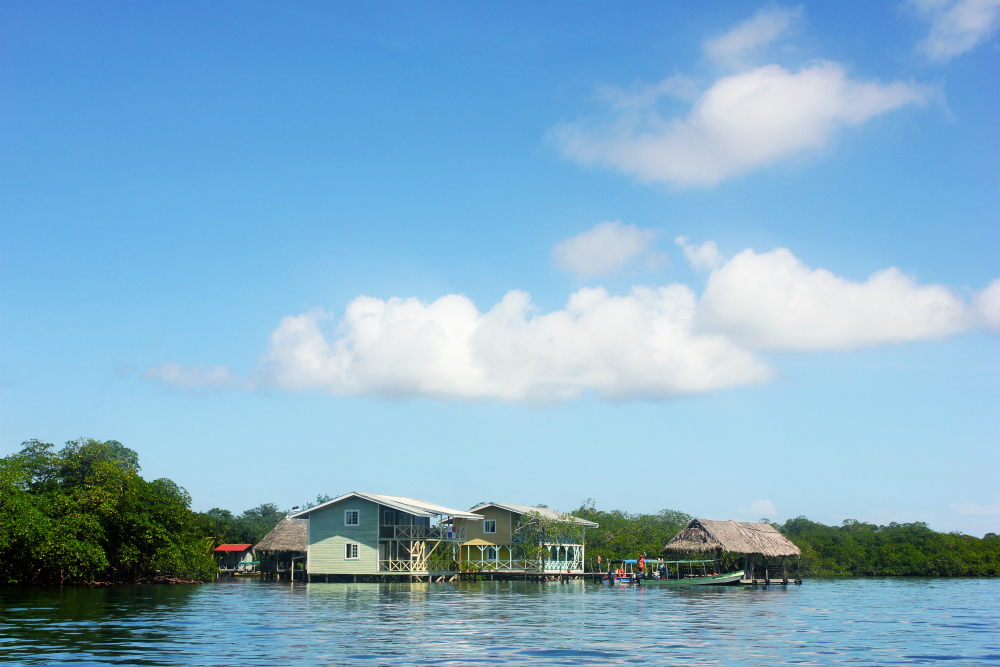
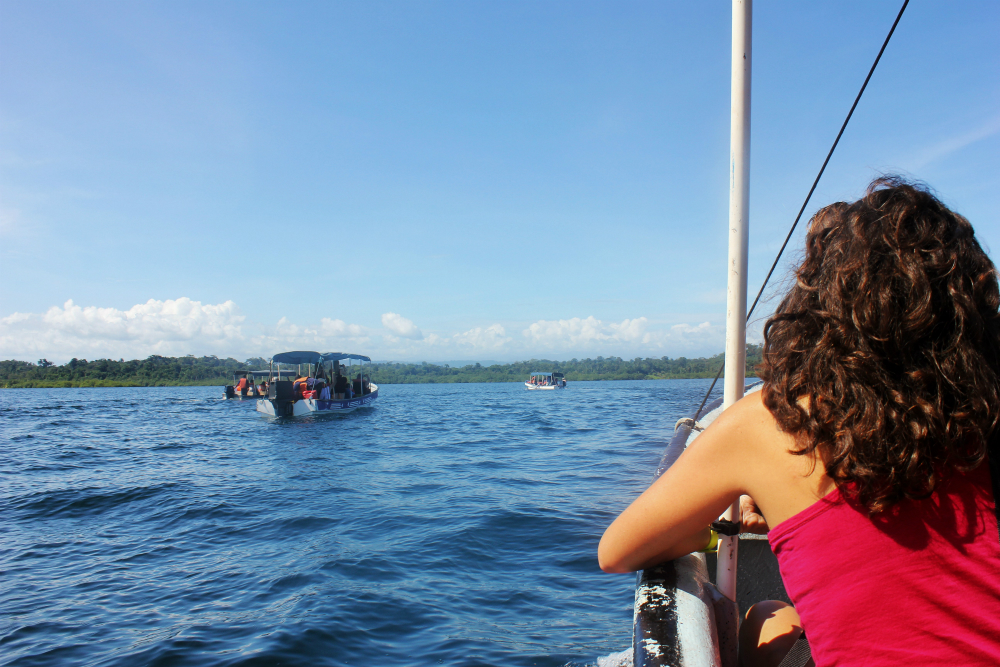
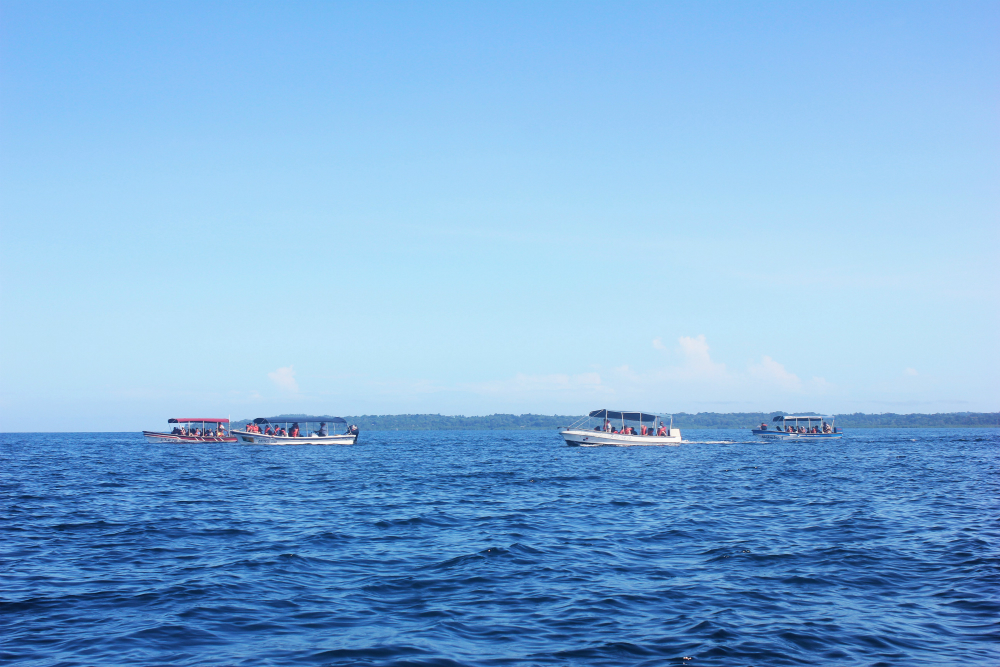
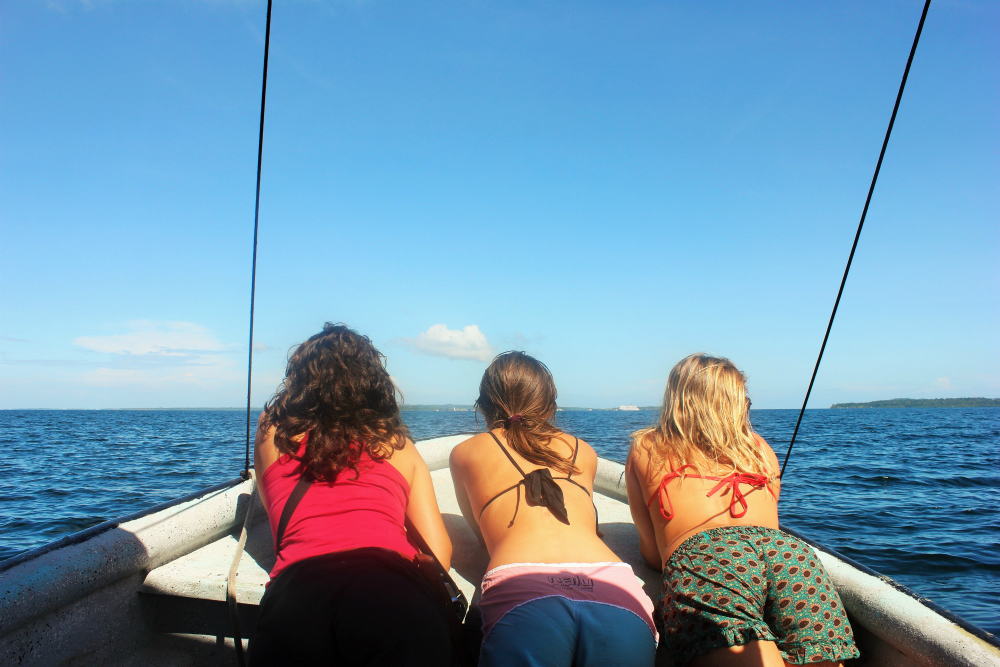





Cat
What an eye opener! I never thought dolphin tours did so much harm to dolphins. I thought it was kinder to see them in the wild than see them in aquariums. But after reading through your post, I realize there is more to tours than meets the eye. It is the same in my country where we hace whaleshark watching tours. The fishermen feed the whalesharks so they come near the boats and tourists can see them up close. But this wrecks the natural ability to forage for themselves and they become reliant on regular feeding. People will argue that this is better than seeing the fishermen slaughter the whalesharks for food.
As you said, big dilemma. :(
Charlie on Travel
I thought so too, even though I was unsure about this tour mainly because I had read similar things about whale watching and how that had been disturbing them. It’s so difficult too, for people to know exactly what’s in a tour, especially when there is a salesman just trying to make some money and feed his family. I don’t blame anyone, it’s just about being careful, researching and learning from the bad experiences. Oh that sounds like a terrible situation with the whale sharks, and now it’s a bad cycle too!
Nicholas
39 boats is wayyy too many, and from the mixed reviews of Dolphin Bay on TripAdvisor, it seems that other people share your view too. Now what if another blogger writes good things about their trip, or a whale shark feeding in Cat’s country (the Philippines)? It doesn’t feel great to pop someone’s balloon like that in the comments section…
Personally, I’ve swum among dusky dolphins in the ocean off Kaikoura in NZ. Only one company conducts tours there, 2 or 3 times a day on 3 boats at most. Until someone educates me otherwise it felt like a positive experience, but I understand if someone doesn’t feel comfortable being in such close proximity to them.
Charlie on Travel
Yes, crazy number, that’s the high end. When we were there we were one of around 15 boats, which is still terrible. It doesn’t feel great, but I think that there are way of being polite about it and just mentioning that it would be worth them doing some further reading/research because you’ve heard other points of view on it.
That’s an interesting one. I have read about swimming with wild dolphins on Right Tourism (http://right-tourism.com/issues/marine-activities/swimming-with-wild-animals/), though I’ve no experience with this specific tour in NZ. Nonetheless, what I have read has indicated that this practise also isn’t great for dolphins over the long-term, and the general rule of thumb is to watch dolphins at a distance, preferably from the shore.
Thank you for reading and commenting, Nicholas, I really appreciate you sharing your personal experience too.
Kate @ NonstopfromJFK
39 boats at a time is crazy! I think there should be stricter regulations for wild-life viewing tours – maybe even having something like only so many boats allowed at a time or so many boats per day would help while still allowing people to see the dolphins.. It’s just too bad that people running these tours would put money over the dolphins’ safety.
When one reads that “only” 8-10 dolphis get killed by boats each year, it sounds like a relatively low number, but how many get injured?? Probably many many more =\
Thanks for this eye opening post.
Charlie on Travel
Hi Kate – thanks for coming by and reading. Yes, I agree. Well, actually Panama does have these laws in place but they are unfortunately not being followed nor enforced. Currently the law is that no more than two boats should approach dolphins, that they should maintain a distance of 300m, as well as allow dolphins to rest for 30 minutes between each interaction. Definitely not what is really going on.
Actually I think many of the tour operators/guides know what they’re doing is wrong, and you could certainly see some of the boat drivers were more wary than others (I would assume they had perhaps seen a collision before) but I think many of them are in a catch 22 that it’s their livelihood and that people are paying because they want to see dolphins. Hopefully as more awareness is raised and the demand decreases there will be more alternatives for them to market.
Yes, it’s still not good though as humans shouldn’t be involved in any dolphin killings at all. It would be interested to know the rate of injury too. Not a very nice though.
Thanks for your comment and support, Kate.
Franca
Thanks guys once more for writing about something that no everybody knows. I’ve been doing my fair share of reading about how dolphins are effected by boat tours and, if before I might have thought they weren’t that bad for them, now I clearly know it’s not the case and I don’t support them at all. It’s just another example of animal tourism that is harmful for the animals like elephant riding, tiger temples, crocodile shows, monkeys performances…. I could go on and on, but I think you got my point.
This piece is very important to raise awareness and perhaps make people change their mind about joining this kind of activities. All we can do it’s to talk about it more and more, share our views, decide not to support such activities and hope that people make a conscious decision too.
Charlie on Travel
Hi Franca, thanks for reading our post. I had been reading about swimming with dolphins and whale watching tours, which was what had led me to be very suspicious of this kind of thing. Personally I think this is a difficult issue because so many people (us included) would come to the conclusion that watching them in the wild is a much better alternative to marine parks/shows. Unfortunately, the rule of thumb is always just to keep a good distance away from animals and enjoy watching them live their lives as they usually would.
I agree with you, and I think that there is still a long way to go – for us as well – in learning what is right and not when it comes to responsible animal tourism. Thanks for your thoughts :)
Agness
This place’s absolutely wonderful, but I would have a real dilemma doing it…. I love animals too much!!
Charlie on Travel
Yes, Bocas was a really gorgeous place to visit, just such a shame about the unethical dolphin tours that are so popular in the area.
Dana
Thanks so much for sharing this information. I’ve never been on a dolphin tour, but I’d also never considered all the dangers of them for the dolphins. Thanks for pointing it out so that if I’m ever in the situation to go on one I will think twice about other options.
Happy travels!
Charlie on Travel
Hi Dana, Thanks so much for reading and thinking about this issue further, I’m glad that you would think twice before booking anything on your travels! Happy travels to you too :)
Cristina
I whole-heartedly agree. I was on a tour a couple of days ago that included this stop. At the bay, when we spotted the first dolphin the boatman headed its way. We were getting terribly close, and fast, so I felt compelled to yell at him “ do not frighten it”! Then he went at it again, and again I had to yell “be careful!” I don’t know what the others on the tour thought, nor did I care at that moment. I was just concerned for the animals.
Please, if you plan to go for dolphin watching or similar activities, be VERY vocal about being respectful with wildlife. It’s the only way to curb wrong behavior.
Charlie Marchant
Hi Cristina, thanks for your comment and I’m sorry to hear you had a similar experience to me. I’m even more saddened to hear that this is still happening years later and that wildlife tourism in Bocas hasn’t become more sustainable. You’re absolutely right – the way to raise awareness is to be more vocal. This can be in the moment, to the tour operators, to whoever sold you the tour or on an online review like TripAdvisor or Google Reviews for the company. Thinking back, I wish I’d demanded a refund. I feel that it would have helped hit home the point for the tour operators because they care about the money from tourists and if tourists start asking for refunds then that would hurt their business and they might be more inclined to make changes to how they approach animals.